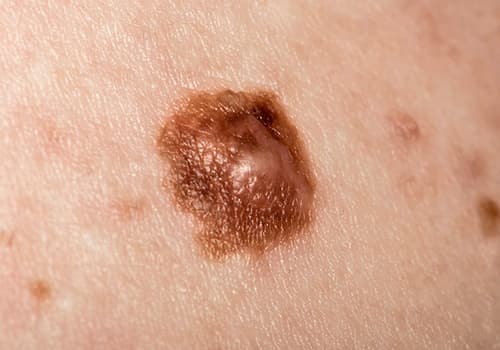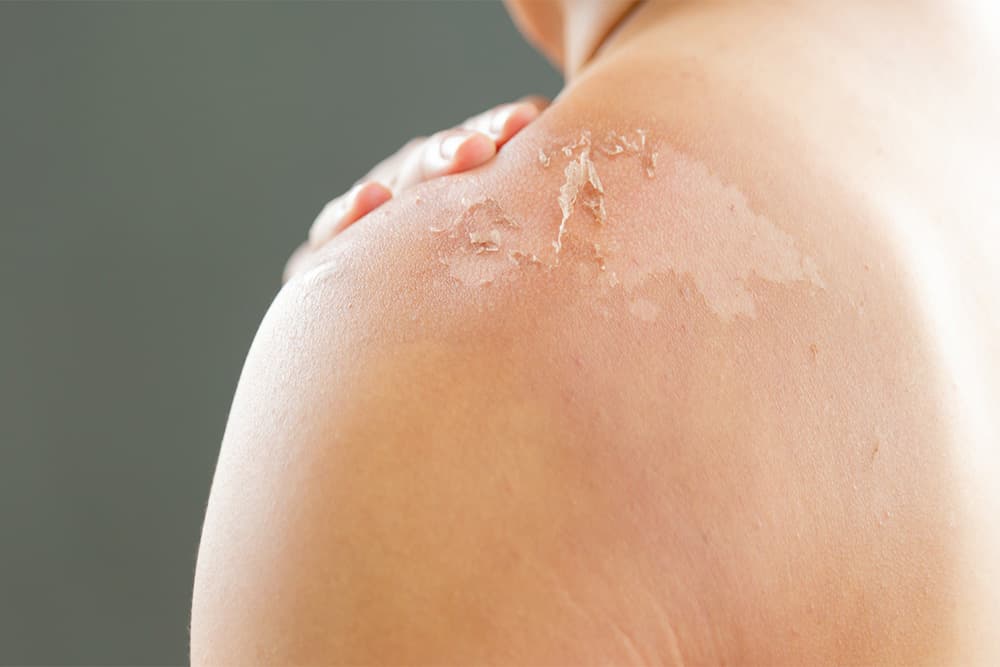No matter the time of year, excessive exposure to direct sunlight can be bad news for your skin. Getting some sunshine is great for making sure you get enough vitamin D, but trying to get a tan by staying out in the sun always comes with danger. You can get sunburnt in the UK even on a cloudy day, and sunburn increases the risk of skin cancer.
It’s always best to stay safe in the sun and always use sunscreen or cover up. It’s also important to be aware of the signs of skin cancer, so you know what to look for and when to seek medical attention.
How to spot skin cancer

The main thing to look for with potential skin cancer is changes to a mole or a freckle. It’s good to be familiar with your skin and where you have moles and freckles so you can be aware of any changes. The most common indication of melanoma is developing a new mole or seeing an existing mols change in appearance.
The easiest way to remember what to look for is to think of ABCDE
A – asymmetry
Is the mole irregular in shape? A normal mole grows evenly in a symmetrical shape, while a melanoma will be irregular and asymmetrical.
B – border
Is the edge of the mole uneven or ragged? A normal mole has a clearly defined and smooth edge, while a melanoma can look more blurred and uneven.
C – colour
Melanomas usually have several different patches of colour such as brown, black, or red, while a regular mole normally has one uniform colour.
D – diameter
A melanoma will usually appear larger than a regular mole, and can be bigger than 6mm. However, healthy moles can be larger and cancerous moles can still sometimes be smaller.
E – elevation
A melanoma will usually rise above the surface of the skin as it grows, as well as possibly become enflamed as it swells.
Where are melanomas most commonly found?
Melanomas can appear anywhere on the body, but normally they’re found in areas more often exposed to the sun. For women, the legs are most common, while the most commonly affected area on men is the back.
A melanoma can start as part of an existing mole or can arise on a clear patch of skin, so make sure you keep an eye out for any changes with existing moles as well as looking out for new marks.
How to reduce the risk of skin cancer

The best way to reduce your chances of developing melanoma is to avoid getting sunburned. Always wear sunscreen when you’re spending extended periods outside such as gardening or playing sports, and especially when you’re on the beach or by a pool on holiday or in the summer.
You should also keep an eye on your skin for any changes in moles or freckles, as an early diagnosis of skin cancer greatly increases your chances of a successful treatment.
Read more about skin cancer and our cancer care and treatments, or please get in touch if you’d like to talk to us about any concerns.